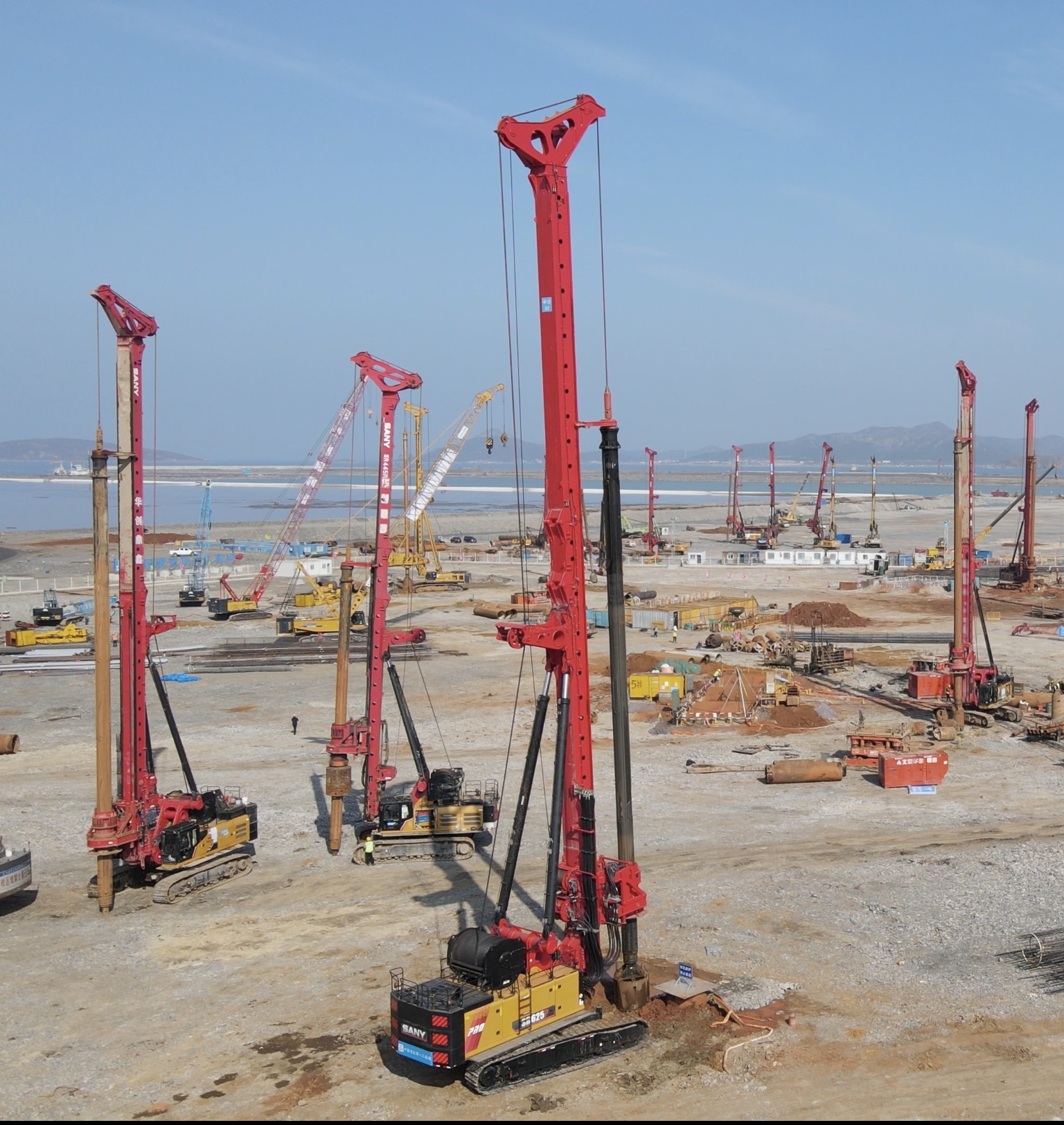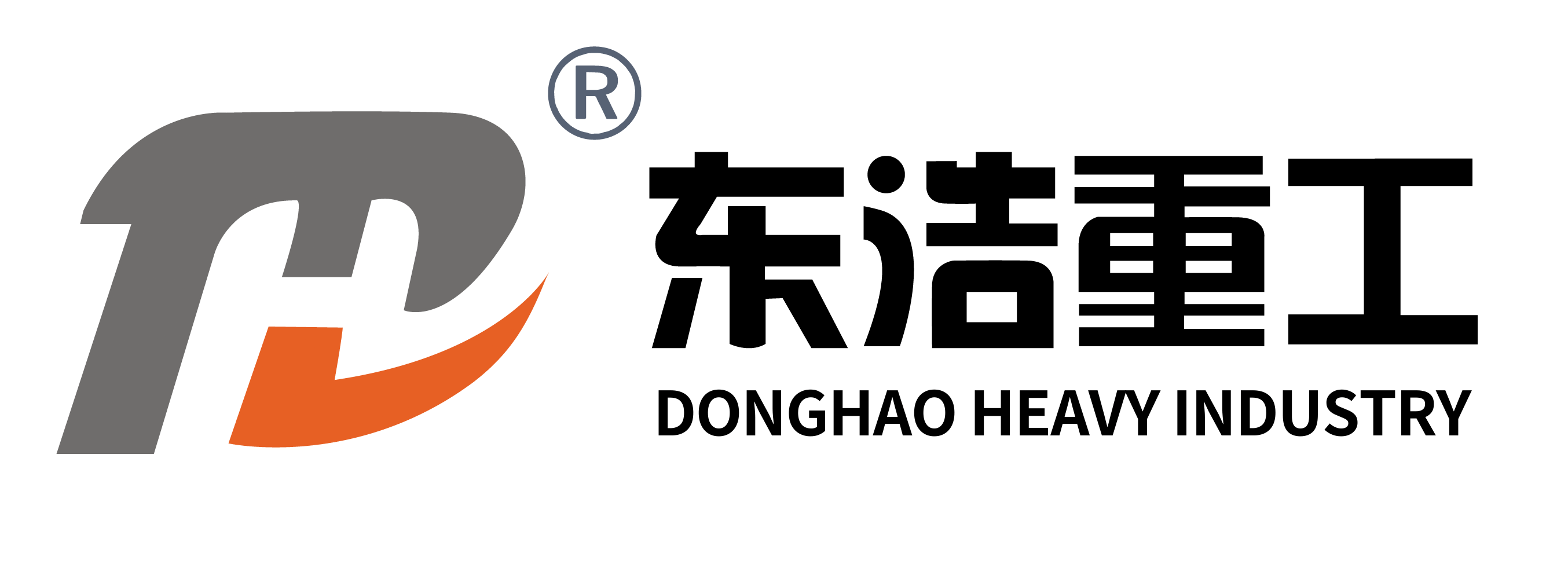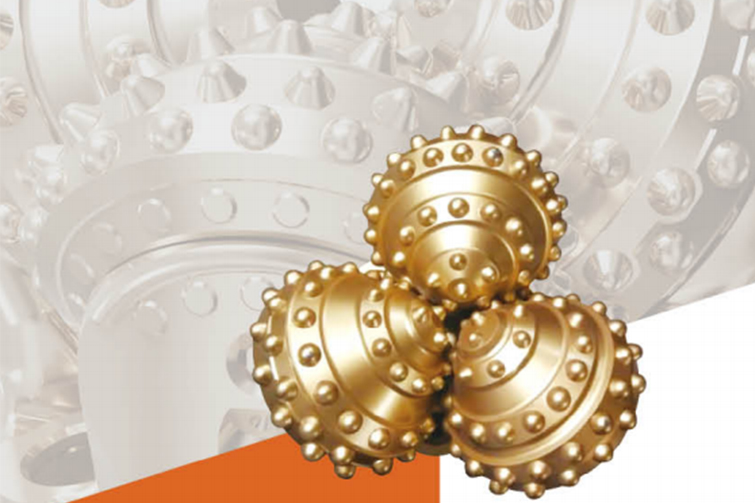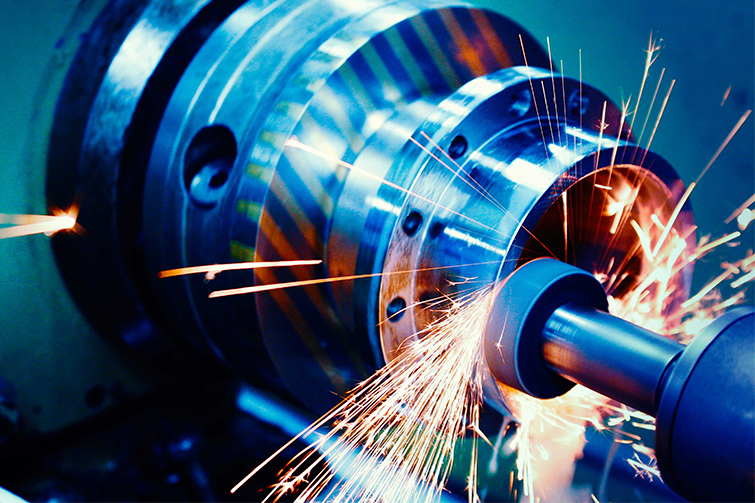

Mastering Reamers: Precision Tools for Enhanced Drilling Efficiency and Cost Savings

Introduction to Reamers
Reamers are specialized cutting tools designed to finish and enlarge holes that have been pre-drilled, providing superior dimensional accuracy and surface quality. In construction and manufacturing, they play a critical role in applications such as pipeline installation, machinery assembly, and structural steelwork. By removing minimal material, reamers achieve tight tolerances, often within 0.001 inches, which is vital for ensuring the integrity and longevity of components. Proper selection and use of reamers can significantly reduce rework and enhance overall project efficiency.
Technical Details of Reamers
The design of reamers involves several key parameters that influence their performance. Common types include hand reamers, machine reamers, and adjustable reamers, each suited for specific tasks. For instance, machine reamers are ideal for high-speed operations in CNC machining, while hand reamers offer flexibility for on-site adjustments. Key technical specifications include flute count, which affects chip evacuation and surface finish; typical reamers have 6 to 12 flutes. Material composition is another critical factor—high-speed steel (HSS) reamers are cost-effective for general use, while carbide-tipped reamers provide superior wear resistance for hard materials like stainless steel or titanium. Cutting speed and feed rates must be optimized; for example, in steel drilling, a cutting speed of 30-60 surface feet per minute (SFM) and a feed rate of 0.002-0.006 inches per revolution are recommended to prevent tool wear and achieve a smooth finish. Additionally, reamer geometry, such as helix angle and relief angles, impacts cutting forces and hole quality—a higher helix angle (e.g., 30-45 degrees) improves chip flow in deep-hole applications.
Applications in Construction Projects
In construction, reamers are indispensable for tasks like aligning bolt holes in steel structures, preparing conduits for electrical systems, and finishing boreholes in foundation piles. For example, in bridge construction, reamers ensure that anchor bolt holes meet precise specifications, preventing misalignment that could lead to structural failures. A common parameter requirement in such scenarios is a hole tolerance of H7 or better, which reamers can consistently achieve. Using reamers in these applications minimizes the risk of costly delays and enhances safety by ensuring components fit perfectly. Field studies show that projects incorporating reamer use experience up to 20% fewer alignment issues compared to those relying solely on drilling.
Business Value and Cost Efficiency
From a business perspective, investing in high-quality reamers translates to substantial cost savings and improved profitability. By reducing scrap rates and rework, companies can lower material waste and labor costs. For instance, in a large-scale industrial project, proper reamer usage can decrease hole preparation time by 15-30%, directly impacting project timelines and resource allocation. This efficiency boost often results in faster completion times and higher client satisfaction. Moreover, the longevity of reamers—when maintained properly—extends tool life, reducing replacement frequency and inventory costs. In terms of return on investment, a single reamer costing $50-200 can save thousands in avoided rework over its lifespan, making it a smart capital expenditure for construction firms aiming to stay competitive.
Best Practices for Reamer Use
To maximize the benefits of reamers, adhere to best practices such as regular tool inspection for wear, using appropriate cutting fluids to reduce heat and friction, and selecting the right reamer type based on material hardness. For example, when working with aluminum, a reamer with a positive rake angle is preferable to prevent material adhesion. Training operators on proper techniques, like avoiding excessive feed pressure, can prevent tool breakage and ensure consistent hole quality. Implementing a preventive maintenance schedule, including sharpening or replacing reamers after 500-1000 holes depending on usage, helps maintain performance and avoid unexpected downtime.
Common Questions
What is the difference between a reamer and a drill bit?
A reamer is used to finish and enlarge existing holes for precision, while a drill bit creates the initial hole. Reamers remove minimal material to achieve tight tolerances, whereas drill bits are designed for material removal during the drilling process.
How do I choose the right reamer for my project?
Consider factors like the material being worked on, hole size requirements, and production volume. For hard materials, opt for carbide reamers; for general purposes, HSS reamers are sufficient. Always refer to manufacturer guidelines for specific parameter recommendations.








